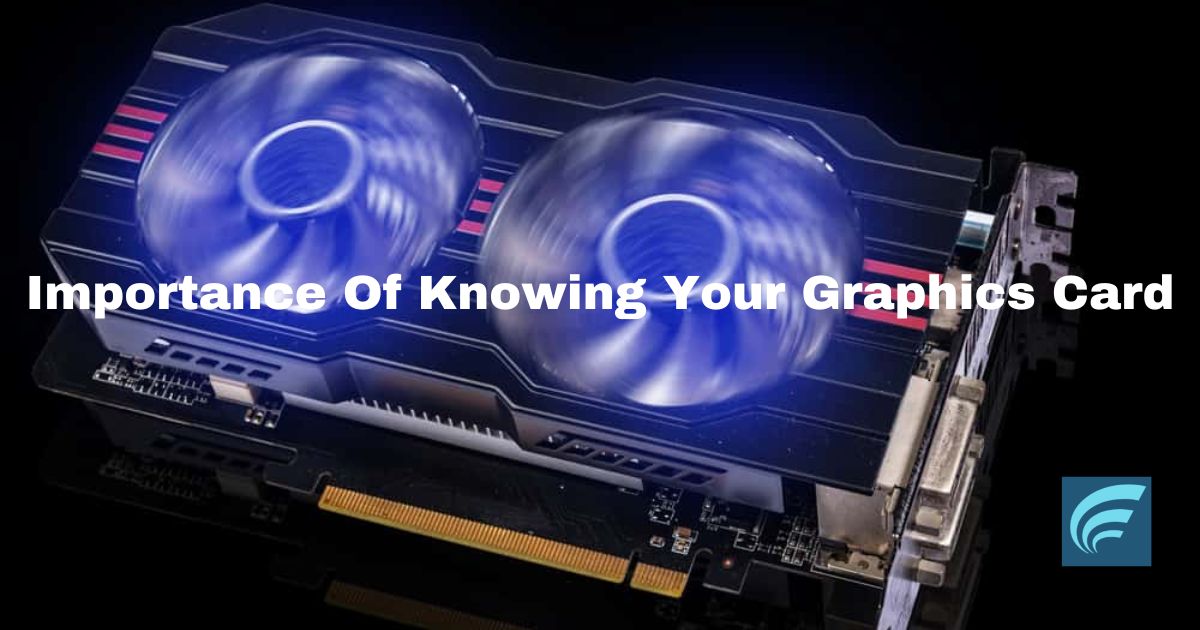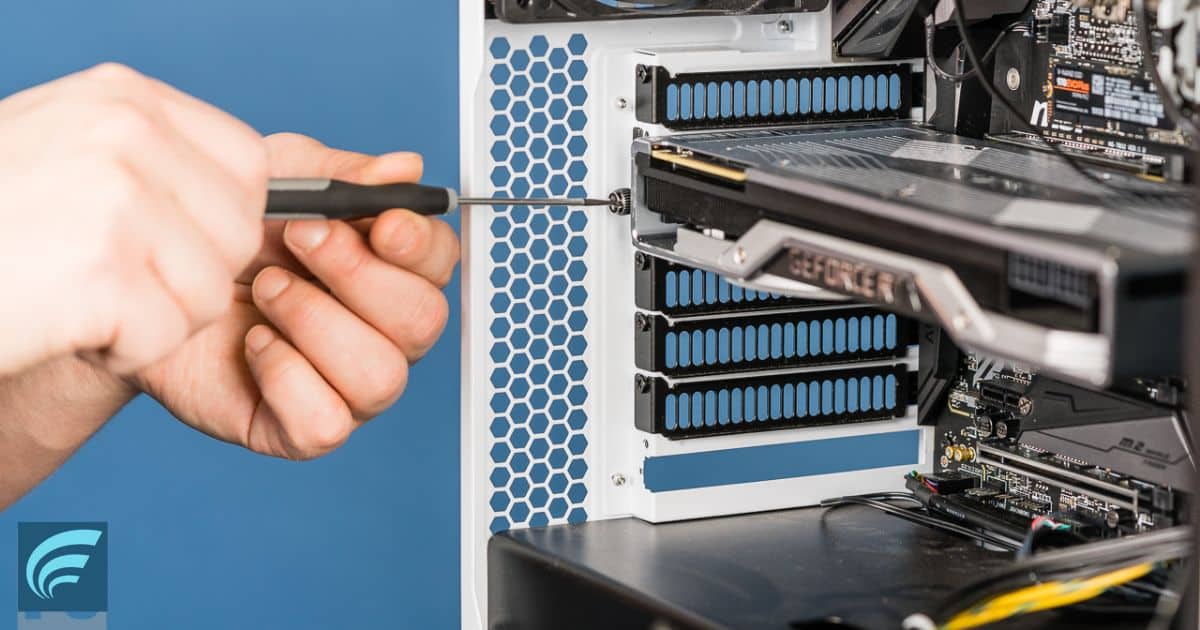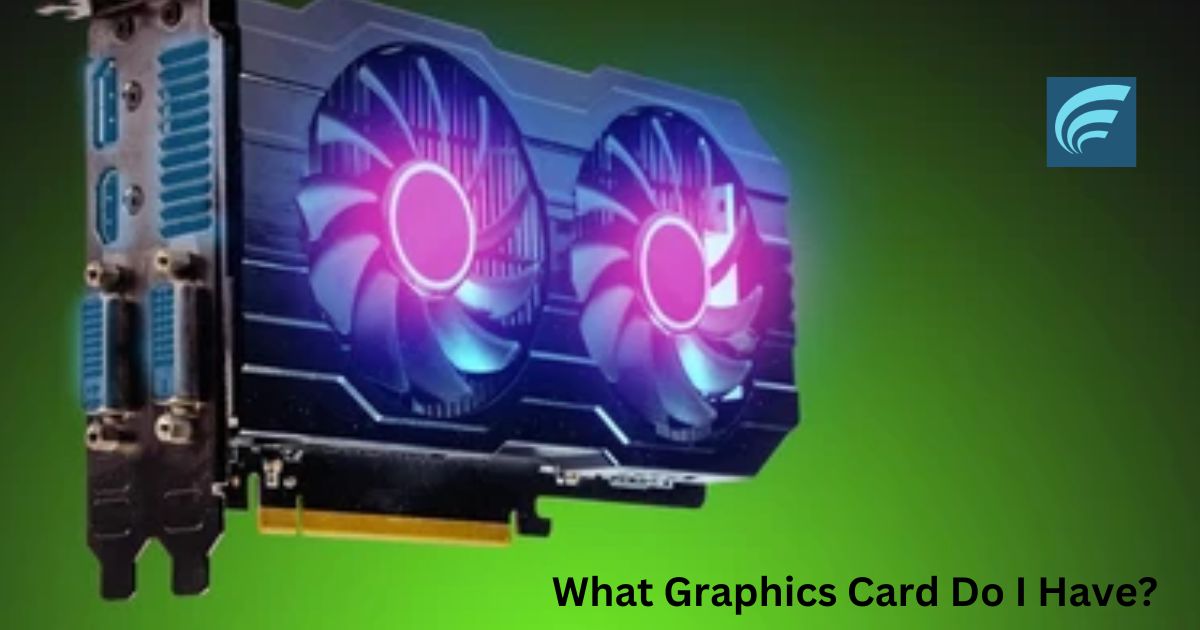So, you’re the proud owner of a computer and you have no idea what kind of graphics card you have? Well, fear not! In this guide, we will help you discover the mysterious identity of your graphics card. Knowing what graphics card you have is crucial for a variety of reasons. It allows you to understand your computer’s capabilities, play games with optimal settings, and even upgrade your graphics card if needed.
Whether you’re a casual user or a hardcore gamer, feeling like you belong in the world of technology starts with knowing what’s under the hood of your machine. So, let’s dive in and unveil the secrets of your graphics card!
Key Takeaways
- Knowing your graphics card is important for understanding your computer’s graphical performance capabilities.
- Checking for graphics card information on Windows can be done through Device Manager and the DirectX Diagnostic Tool.
- On Mac, you can find graphics card information by accessing the System Report under the Apple menu.
- System information tools like DirectX Diagnostic Tool and System Information on Windows can help identify your graphics card model and troubleshoot issues.
Importance Of Knowing Your Graphics Card

Knowing your graphics card is crucial for understanding the capabilities and limitations of your computer’s graphical performance. One of the primary benefits of having a dedicated graphics card for gaming is the enhanced visual experience it provides. A dedicated graphics card allows for smoother gameplay, higher frame rates, and better image quality, resulting in a more immersive gaming experience.
It also offloads the graphics processing from the CPU, allowing it to focus on other tasks, thus improving overall system performance. However, there can be common issues with graphics card performance, such as driver conflicts, overheating, and compatibility problems.
Troubleshooting these issues may involve updating drivers, checking for dust buildup, and ensuring proper power supply. Being aware of these potential problems and their solutions will help you optimize your graphics card’s performance and ensure a seamless gaming experience.
Checking for Graphics Card Information on Windows
To find out what graphics card you have on your Windows computer, there are a few simple steps you can follow. First, open the “Device Manager” by right-clicking on the “Start” button and selecting it from the menu. Once the Device Manager window opens, expand the “Display Adapters” category to see your graphics card listed. Alternatively, you can use the DirectX Diagnostic Tool to check for your graphics card information.
Simply press the Windows key + R to open the Run dialog box, type “dxdiag” and hit Enter. In the DirectX Diagnostic Tool window, navigate to the “Display” tab where you will find the details of your graphics card. Knowing this information is crucial for troubleshooting common graphics card issues and optimizing graphics card settings for gaming performance. Now, let’s move on to checking for graphics card information on Mac computers.
Checking for Graphics Card Information on Mac
To check for graphics card information on a Mac, you can follow a similar process as on a Windows computer. Here’s how you can find the graphics card drivers and troubleshoot graphics card issues on your Mac:
- Click on the Apple menu in the top-left corner of the screen.
- Select “About This Mac” from the drop-down menu.
- In the window that appears, click on the “System Report” button.
- In the System Information window, click on “Graphics/Displays” in the left sidebar.
- All the graphics card information, including the model, manufacturer, and driver version, will be displayed on the right side.
Using System Information Tools to Identify Your Graphics Card

You can easily identify your graphics card by using system information tools on your computer. These tools provide detailed information about your hardware components, including the graphics card. One commonly used system information tool is the DirectX Diagnostic Tool, which is built-in on Windows operating systems. To access it, simply press the Windows key + R, type “dxdiag” in the Run dialog box, and press Enter.
The DirectX Diagnostic Tool will open, and you can navigate to the Display tab to find information about your graphics card, such as the name, manufacturer, and driver version. Knowing this information is crucial for troubleshooting common graphics card issues and optimizing graphics card settings for gaming performance. In the next section, we will discuss how to determine the specific model and manufacturer of your graphics card.
Determining Graphics Card Model and Manufacturer
To determine the model and manufacturer of your graphics card, you will need to access the system information tools on your computer. Here are three steps to help you identify your graphics card:
- Open the “System Information” tool: On Windows, press the Windows key + R, type “msinfo32” in the Run dialog box, and press Enter. On macOS, click on the Apple menu, select “About This Mac,” and click on the “System Report” button.
- Locate the graphics card information: In the System Information window, navigate to the “Components” or “Hardware” section and look for “Display” or “Graphics.” Here, you should find detailed information about your graphics card, including the model and manufacturer.
- Check for compatibility: Once you have identified your graphics card, you can research its compatibility with different operating systems to ensure optimal performance.
Understanding Graphics Card Specifications
Understand the specifications of your graphics card by examining its key features and performance capabilities. To help you better comprehend the specifications, here is a table outlining the important details:
| Specification | Description |
|---|---|
| GPU Architecture | The underlying technology and design of the graphics processing unit (GPU). |
| VRAM | The amount of dedicated video memory available for the GPU to store and access data. |
| Clock Speed | The speed at which the GPU operates, measured in MHz. Higher clock speeds generally result in improved performance. |
| Memory Bandwidth | The rate at which data can be transferred between the GPU and VRAM, measured in GB/s. Higher memory bandwidth allows for faster data processing. |
Understanding these specifications is crucial for assessing graphics card performance and troubleshooting any issues. By knowing the GPU architecture, you can determine the capabilities and compatibility of your graphics card with different software and games. The amount of VRAM is significant for handling high-resolution textures and complex scenes.
Clock speed influences the overall processing speed of the GPU, while memory bandwidth affects the card’s performance in data-intensive tasks. Armed with this knowledge, you can make informed decisions when upgrading your graphics card or troubleshooting any performance problems.
Upgrading Your Graphics Card: Things to Consider

Considerations for upgrading your graphics card include compatibility, performance requirements, and budget constraints. When it comes to GPU compatibility, it’s important to ensure that your new graphics card is compatible with your motherboard and power supply. Check the specifications of your motherboard to see if it supports the type of graphics card you want to upgrade to.
Additionally, make sure your power supply has enough wattage to handle the power requirements of the new GPU. Performance requirements are also crucial. Determine the specific tasks you’ll be using your graphics card for, such as gaming or video editing, and choose a card that meets those requirements. Lastly, budget considerations are essential. Set a budget for your upgrade and research different options within that price range to find the best balance between performance and affordability.
Frequently Asked Questions
Can I Use Multiple Graphics Cards at the Same Time?
You can use multiple graphics cards at the same time for improved performance and graphics rendering. However, it is important to consider compatibility, power supply, and potential issues like driver conflicts or overheating.
How Do I Know if My Graphics Card Is Compatible With a Specific Game or Software?
To know if your graphics card is compatible with a specific game or software, you need to check the minimum system requirements. If you encounter compatibility issues, troubleshooting can help resolve them.
Can I Upgrade My Graphics Card Without Upgrading Other Components of My Computer?
Yes, you can upgrade your graphics card without upgrading other components of your computer. However, it’s important to consider compatibility with older hardware to ensure optimal performance and avoid any potential issues.
What Is the Difference Between Integrated and Dedicated Graphics Cards?
When choosing between integrated and dedicated graphics for a gaming PC, it’s important to consider the pros and cons of integrated graphics cards in laptops. Integrated graphics are built-in, saving space and power, but dedicated graphics offer better performance.
Are There Any Software Tools Available to Overclock My Graphics Card for Better Performance?
You’re in luck! There are software tools available to overclock your graphics card, allowing you to squeeze out better performance. These tools also help monitor temperature and troubleshoot common issues. Get ready to push your graphics card to its limits!
Conclusion
In conclusion, identifying your graphics card is crucial for understanding its capabilities and determining if an upgrade is necessary. Whether you use Windows or Mac, there are various ways to check for graphics card information. System information tools provide detailed insights into your graphics card’s model, manufacturer, and specifications. By staying informed about your graphics card, you can make informed decisions about potential upgrades and ensure optimal performance for your computer.











